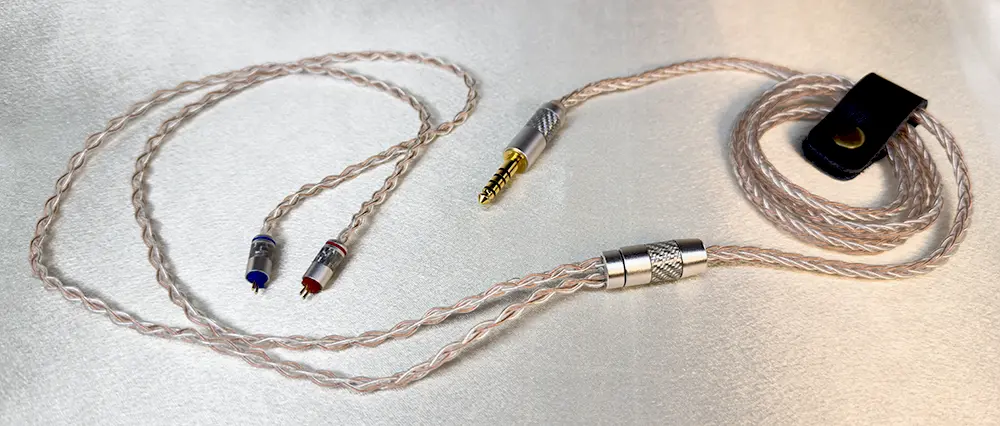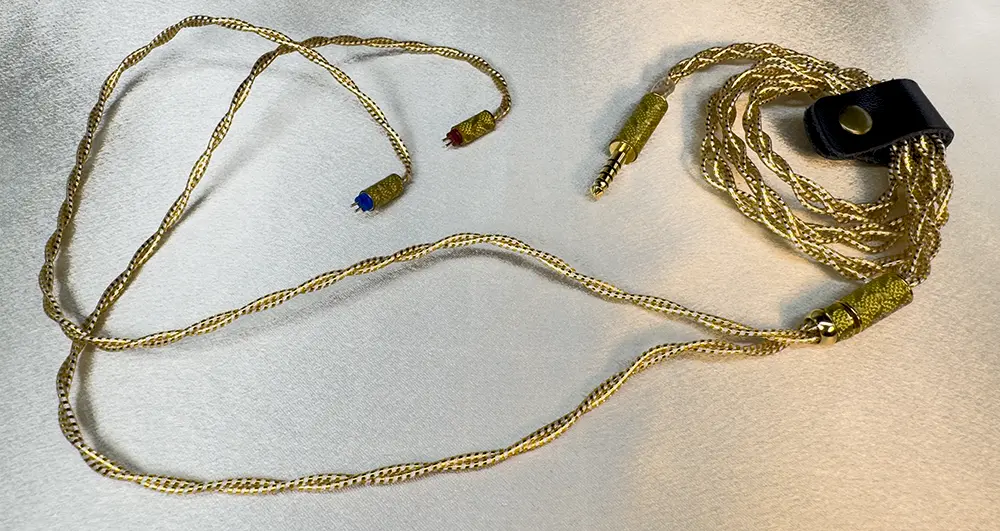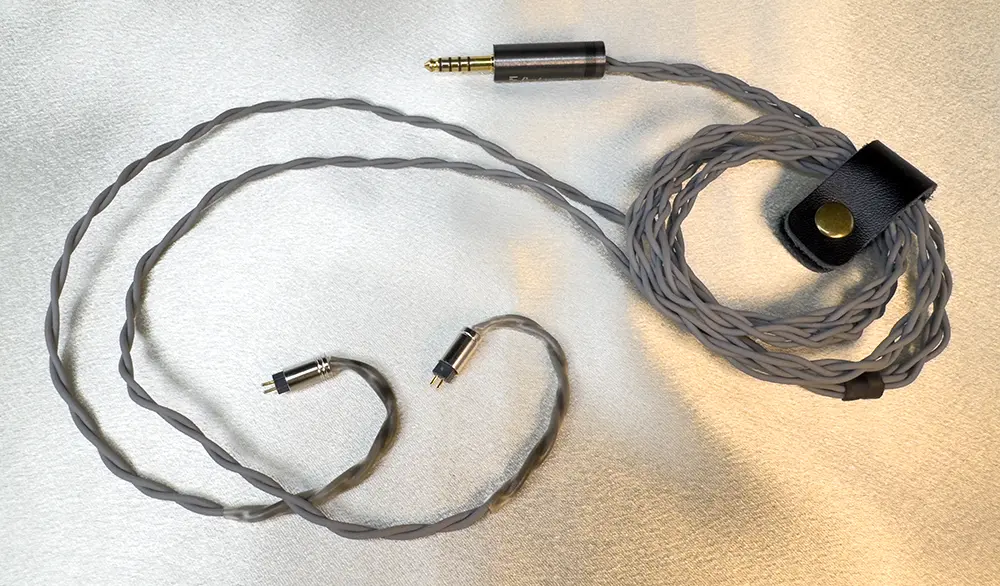Amplification Performance

I recently received a Mass Kobo 475 portable headphone amplifier and have been keen to discover how the Turbos scale with beefier amplification. Having previously owned the Aroma A100TB, ALO Audio Continental Dual Mono and demoed the Cayin C9 & Brise Audio Tsuranagi, I rate Mass Kobo 475 as the most impressive portable amp money can buy. It is fully balanced with 4.4mm input & output, and delivers 2.3V RMS from its’ balanced jack.
What I’m particularly interested in learning is if lacking a DD affects how much the Turbos benefit from the 475’s extra grunt…
…well as expected 475 does improve the Turbos in a multitude of areas, and each improvement is significant enough to transform the overall sound. Bass deepens noticeably despite no DD being present, and unquestionably leaps well beyond the threshold of bass performance I can be completely content living with – and that’s just the beginning.
The soundstage grows in all directions, dynamics improve significantly, tiny details are much easier to pick out particularly during busy passages thanks to the 475’s greater sense of control, and instruments sound larger. Going back to listening directly from the SR35 (or even the N8ii) everything sounds flatter, mushier and more lifeless.
Considering the N8ii’s built-in amp is one of the most capable of any DAP on the market, this level of improvement is particularly impressive – and is absolutely not hampered by the Turbos lacking a DD.
I don’t want to turn this into an amp review, but if maximising IEM performance is something you’re serious about then a 475 may be the best investment you can make in this hobby right now.
Cable Comparisons

Naturally as a cable aficionado I can’t resist trying the Turbos with some different cables to learn how effectively their presentation can be altered.
Penon CS819 – Turbo Stock Cable (USD $49)

In many ways I regard the humble CS819 as a mini PW Audio 1950s, in the sense that it balances tonality & technical performance really well and tends to sound great with the vast majority of IEMs I try it with – that’s definitely not the case with many cables I’ve owned.
Paired with the Turbos the CS819 delivers a fairly warm sound, the soundstage is decently deep but not dramatically wide and I do think imaging could be a little more precise. Tonality is terrific however, so I’d look to upgrade purely for increased technical performance rather than better tonality.
NiceHCK BlackSoul (USD $50)

I was concerned the Turbos might be a little dark for this pairing to work and this has proved to be correct. BlackSoul makes the stage feel narrower, treble is definitely more rolled off which I don’t think suits the Turbos, dynamics are lower and bass feels less impactful.
Everything seems a bit more congested though this does create the illusion of greater cohesion and smoothness, perhaps if you find the Turbos fatiguing this cable could be an option to consider but to me it robs the Turbos of too much energy up top.
ISN S4 (USD $55)

Again we see the importance of synergy given I’m impressed with how the S4 pairs with the ISN Neo5s, but on the Turbos I definitely prefer the tonality of the stock cable whereas the W4 adds a slightly metallic sheen. However it does boost sub bass, increases soundstage depth a little, improves imaging and brightens the sound overall which you may find attractive given the Turbos are tuned somewhat dark.
However the stock cable seems to deliver better note weight & warmth, with more midbass and perhaps even a slightly wider stage. Mostly though I find the midrange feels richer and more grounded on the CS819, whereas the S4 imparts more of a ‘hi-fi’ flavour I don’t care for quite as much.
Penon Vocal (USD $69)

Vocal stays true to its’ name by emphasising & enhancing midrange presence, even increasing midrange resolution slightly in the process. Center-stage vocals feel more impressively spotlit against background instruments yet the overall presentation isn’t quite as warm as on the stock cable.
Imaging is slightly improved but bass feels a bit more anaemic and I actually prefer the tonality of the CS819, nor do I do find the Turbos’ midrange lacking enough to warrant choosing a cable that focuses so heavily on improving this area.
Penon Obsidian (USD $149)

The Obsidian is an interesting modular cable, with different plugs you can purchase separately. Using the Rhodium Plated Plug the Turbos become warmer, gaining greater midrange presence with slightly improved resolution, better note weight, improved imaging, a slightly wider stage, though bass is slightly less elevated. This very impressive pairing sounds smoother & more refined but keeps the dynamics & treble presence of the CS819.
Using the Purple Copper Plug midbass is more heavily emphasised, the background feels a little blacker and the stage is widened, but feels a little flatter than it does using the Rhodium Plug. I find the increased midbass can sound a little boomy and doesn’t blend in with the rest of the presentation terribly well. The Rhodium Plug also feels airier with better technical performance yet tonality doesn’t seem adversely affected, so I greatly prefer it with the Turbos. I’m surprised at the difference the two plugs make compared to when I tried them both on the Neo5s recently.
Effect Audio Ares S 4 Wire (USD $179)

As expected the Ares S emphasises Turbo’s lower frequencies, with midbass and the lower midrange in particular being boosted. The stage is widened but seems flatter, midrange resolution is improved and there’s a little more upper treble sparkler but lower treble actually sounds flatter.
Perhaps its that flattening of the lower treble that makes the Turbos feel darker on the Ares S, and there’s also a little too much midbass for my taste. I’m not sure the modest resolution & stage width improvements are worth compromising the CS819’s tonality which I prefer.
Hakugei Sky-bolt (USD $884)

Sky-bolt is flagship-level cable that feels explicitly designed to boost IEM technical performance. As expected then it substantially grows the Turbos’ stage in all directions, improves dynamics, increases resolution, sharpens imaging, blackens the background and even increases bass impact.
In short Sky-bolt turns the Turbos into a technical monster, leading me to wonder if this level of improvement has been aided by them lacking a DD that slows everything down. Unfortunately the overall tonality shifts upwards and the result is a brighter sound which seems to reduce the perception of note weight, and although I prefer the tonality of the CS819 stock cable this massive uptick in technical performance feels worth the tradeoff.
PW Audio 1950s clone (USD $2149)

If you’re a regular reader of my reviews you may be growing bored of me saying nice things about this cable, but if you’ve ever tried or owned a 1950s or Cardas Clear cable you probably understand why. It just seems to pair really well with everything, and there aren’t many cables I can say that about.
So as expected the Turbos gain a wider & slightly deeper stage, although I was hoping for a tad more depth improvement, better dynamics, a blacker background, improved resolution and slightly more impactful bass, whilst preserving a similar tonality to the CS819 though I do think the stock cable has a slight edge in that regard, sounding a touch earthier & more grounded.
Treble is more articulated on the Cardas Clear/1950s though, with a greater overall feeling of refinement. Despite the across-the-board technical improvements Sky-bolt boosts those areas to a much higher level, but I prefer this cable’s tonality which makes choosing between them tricky.
Page 1 – Introduction, Packaging & Ergonomics
Page 2 – Sound Impressions, Technical Performance & Tuning Switches
Page 3 – IEM Comparisons
Page 4 – More IEM Comparisons
Page 5 – Amplfication Performance & Cable Comparisons
Page 6 – Conclusion


Comments